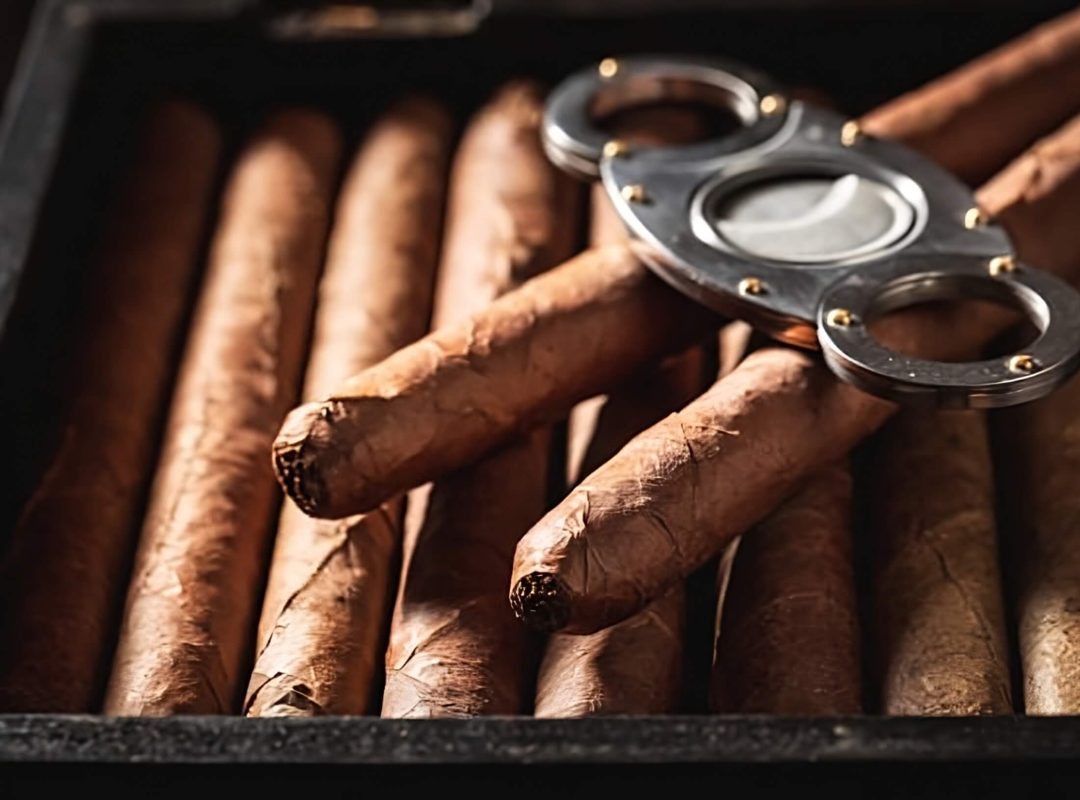
The intrigue of Singapore’s tobacco industry lies not in its size, but in its complexity. The industry has evolved significantly over the years, reflecting a myriad of influences, from cultural trends to stringent regulatory measures. Behind every tobacco product sold, there lies an intricate web of strategies, economics, and human stories.
The History of Tobacco in Singapore
The Traditional Era
Tobacco made its way into Singapore with the arrival of the British in the 19th century. As the port city flourished, so did the tobacco trade. Traditional hand-rolled cigarettes, locally known as ‘rokok’, were a common sight.
The Modern Era
Fast forward to today, the landscape of the tobacco industry has changed dramatically. From hand-rolled cigarettes, the industry has transitioned into a market dominated by machine-manufactured products.
The Business Side of the Industry
Leading Tobacco Companies in Singapore
Singapore has become a regional hub for some of the world’s leading tobacco companies. Brands like British American Tobacco and Philip Morris have a significant presence in the country.
Market Strategies and Competitive Landscape
Companies employ various strategies to thrive in Singapore’s competitive landscape. From innovative product design to niche marketing tactics, the competition is fierce.
Regulations and the Tobacco Industry
Government Regulations
Singapore is renowned for its strict regulations. In the case of tobacco, measures like high taxes, graphic warning labels, and a ban on e-cigarettes reflect the government’s tough stance.
Impact on the Industry
These regulations impact how the industry operates, often driving innovation and reshaping business strategies.
Cultural Influence on Tobacco Consumption
Cultural Shifts and Trends
Over the years, societal attitudes towards smoking have evolved, influenced by a myriad of factors, from global anti-smoking campaigns to local health awareness initiatives.
Tobacco in Modern Singapore Society
Despite strict regulations, tobacco maintains a presence in Singaporean society, albeit one that is steadily shrinking due to shifting societal norms.
Economic Significance of the Tobacco Industry
Economic Contribution
Despite its controversies, the tobacco industry contributes significantly to Singapore’s economy, primarily through taxes and duties.
Employment Opportunities
From farming to retail, the industry creates numerous job opportunities, playing a vital role in the country’s employment sector.
The Future of the Tobacco Industry in Singapore
Emerging Trends
The future of the industry lies in navigating regulations and societal shifts. As the world moves towards healthier options, the industry may see a rise in harm-reduction products.
Conclusion
Despite challenges, the tobacco industry in Singapore has demonstrated resilience and adaptability. Its future will undoubtedly be a fascinating study of adaptation and transformation in response to regulatory measures and societal shifts.
Singapore’s Tobacco Industry
Singapore’s tobacco industry, like any other country, is influenced by various factors such as government regulations, societal attitudes, and global trends. Over the years, this industry has seen a shift from traditional tobacco products to more modern, manufactured ones, largely influenced by the presence of international tobacco companies. (Source: British American Tobacco Annual Report)
Statistics on the Tobacco Industry in Singapore
As of the most recent data available, roughly 12% of Singapore’s population are smokers. The total value of Singapore’s tobacco industry was estimated at around SGD 1.1 billion in 2019, showing a significant economic impact. (Source: Singapore Department of Statistics, 2022)
Frequently Asked Questions About Singapore’s Tobacco Industry
1. Who are the key players in Singapore’s tobacco industry?
The key players include international companies like British American Tobacco and Philip Morris.
2. What types of tobacco products are popular in Singapore?
Machine-manufactured cigarettes are the most popular, but traditional hand-rolled cigarettes also have a niche market.
3. Where are tobacco products primarily sold in Singapore?
Tobacco products are sold in a variety of outlets, from supermarkets and convenience stores to specialized tobacco shops.
4. Why is Singapore’s tobacco industry significant?
Despite its controversies, the tobacco industry contributes significantly to Singapore’s economy, primarily through taxes and duties.
5. How does the government regulate the tobacco industry in Singapore?
Singapore is known for its strict regulations, including high taxes, graphic warning labels, and a ban on e-cigarettes.
6. Is the tobacco industry growing in Singapore?
The industry’s growth is somewhat constrained due to strict regulations and changing societal attitudes towards smoking.
7. Can Singapore’s tobacco industry diversify its products?
With the advent of harm-reduction products and evolving consumer preferences, there is scope for diversification.
8. Does the tobacco industry in Singapore contribute to employment?
Yes, it contributes to employment in various sectors, from farming to retail.
9. Will the trend of traditional tobacco consumption change in the future in Singapore?
With societal shifts and the move towards healthier options, traditional tobacco consumption is likely to decrease.
10. How does the cultural influence affect tobacco consumption in Singapore?
Cultural shifts and health awareness campaigns have led to a decrease in smoking prevalence over the years.
Recommended Books on Singapore’s Tobacco Industry
- “Golden Holocaust: Origins of the Cigarette Catastrophe and the Case for Abolition” by Robert N. Proctor.
- “Ashes to Ashes: America’s Hundred-Year Cigarette War, The Public Health, and the Unabashed Triumph of Philip Morris” by Richard Kluger.
Information Sources on Singapore’s Tobacco Industry
- Singapore Department of Statistics
- British American Tobacco Annual Reports
- Philip Morris International Reports
- Singapore’s Health Promotion Board
Citations for Singapore’s Tobacco Industry
- British American Tobacco. (2020). Annual Report. Retrieved from BAT.com.
- Department of Statistics Singapore. (2021). Percentage of Smokers. Retrieved from singstat.gov.sg.
- Philip Morris International. (2020). Annual Report. Retrieved from pmi.com.
- Health Promotion Board. (2021). Anti-Smoking Campaigns. Retrieved from hpb.gov.sg.
